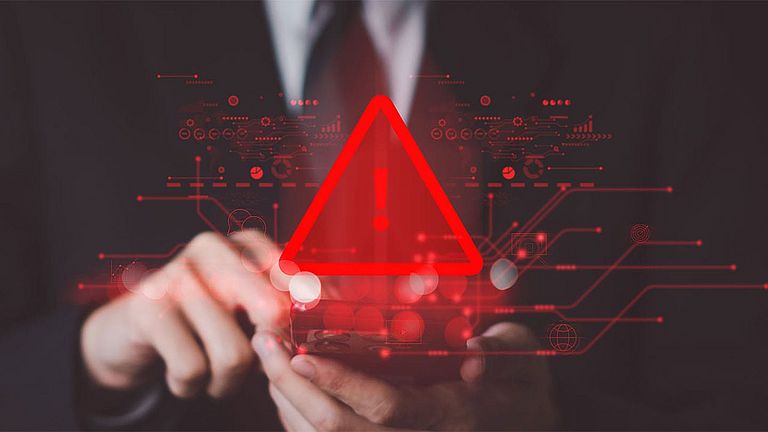To meet these goals, the Committee on Payments and Market Infrastructures (CPMI) has issued 12 harmonisation requirements. These requirements are set to become industry-wide recommendations by the end of 2025, with full implementation targeted for 2027. They aim to ensure consistent use of ISO 20022 in cross-border payment messages, paving the way for a new level of data interoperability.
The introduction of ISO 20022 has already reshaped payments infrastructures globally. Yet, as the coexistence phase draws to a close by 2025, the journey is far from over. As part of the G20 roadmap to enhance cross-border payments, data quality and format harmonisation have emerged as key levers to reduce friction, lower costs, and boost transparency.
What has been achieved so far?
The three pillars of harmonisation
1. Foundational requirements
Efficient payment processing requires the right message types for each use case. ISO code lists, standardised character sets, and consistent time/date conventions are crucial to minimise manual interventions.
- Use appropriate ISO 20022 message types (e.g. pacs.004 for returns)
- Rely on ISO-maintained code lists
- Apply standardised time formats (e.g. UTC)
- Limit character sets to industry-agreed subsets
2. Transparency requirements
Despite advancements like SWIFT GPI, international payments still face transparency issues. Harmonisation will require:
- Use of a Unique End-to-End Transaction Reference (UETR) in all cross-border payments
- Standardised disclosure of fees, conversion rates, and intermediary charges
3. Structured data requirements
The main advantage of ISO 20022 is structured data. Harmonisation efforts will demand:
- Structured addresses for natural and legal persons (minimum: city and country)
- Use of standard identifiers like IBAN, BIC, and LEI
- Enhanced payer/payee information, including optional fields like date of birth or ID number
- Structured remittance information
What this means for European banks
Some elements – such as UETR usage or correct message formats – are already largely in place. However, others (like LEI adoption and structured address requirements) will require considerable operational and system-level changes. At many institutions, customer master data and onboarding processes will need to be reworked.
The 2027 deadline may seem distant, but banks should act now to prepare for the changes. ISO 20022 harmonisation is not just a compliance issue – it’s a foundation for modernising global payments.









